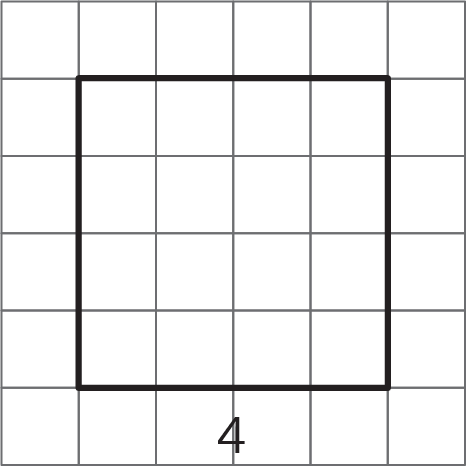Lesson 10
Edge Lengths, Volumes, and Cube Roots
10.1: Ordering Squares and Cubes
Let \(a\), \(b\), \(c\), \(d\), \(e\), and \(f\) be positive numbers.
Given these equations, arrange \(a\), \(b\), \(c\), \(d\), \(e\), and \(f\) from least to greatest. Explain your reasoning.
-
\(a^2 = 9\)
-
\(b^3 = 8\)
-
\(c^2 = 10\)
-
\(d^3 = 9\)
-
\(e^2 = 8\)
-
\(f^3 = 7\)
10.2: Card Sort: Rooted in the Number Line
Your teacher will give your group a set of cards. For each card with a letter and value, find the two other cards that match. One shows the location on a number line where the value exists, and the other shows an equation that the value satisfies. Be prepared to explain your reasoning.
10.3: Cube Root Values
What two whole numbers does each cube root lie between? Be prepared to explain your reasoning.
- \(\sqrt[3]{5}\)
- \(\sqrt[3]{23}\)
- \(\sqrt[3]{81}\)
- \(\sqrt[3]{999}\)
10.4: Solutions on a Number Line
The numbers \(x\), \(y\), and \(z\) are positive, and:
\(\displaystyle x^3= 5\)
\(\displaystyle y^3= 27\)
\(\displaystyle z^3= 700\)

- Plot \(x\), \(y\), and \(z\) on the number line. Be prepared to share your reasoning with the class.
- Plot \(\text- \sqrt[3]{2}\) on the number line.
Diego knows that \(8^2=64\) and that \(4^3=64\). He says that this means the following are all true:
- \(\sqrt{64}=8\)
- \(\sqrt[3]{64}=4\)
- \(\sqrt{\text -64}=\text-8\)
- \(\sqrt[3]{\text -64}=\text -4\)
Is he correct? Explain how you know.
Summary
To review, the side length of the square is the square root of its area. In this diagram, the square has an area of 16 units and a side length of 4 units.
These equations are both true: \(\displaystyle 4^2=16\) \(\displaystyle \sqrt{16}=4\)

Now think about a solid cube. The cube has a volume, and the edge length of the cube is called the cube root of its volume. In this diagram, the cube has a volume of 64 units and an edge length of 4 units:
These equations are both true:
\(\displaystyle 4^3=64\)
\(\displaystyle \sqrt[3]{64}=4\)

\(\sqrt[3]{64}\) is pronounced “The cube root of 64.”
We can approximate the values of cube roots by observing the whole numbers around it and remembering the relationship between cube roots and cubes. For example, \(\sqrt[3]{20}\) is between 2 and 3 since \(2^3=8\) and \(3^3=27\), and 20 is between 8 and 27. Similarly, since 100 is between \(4^3\) and \(5^3\), we know \(\sqrt[3]{100}\) is between 4 and 5. Many calculators have a cube root function which can be used to approximate the value of a cube root more precisely. Using our numbers from before, a calculator will show that \(\sqrt[3]{20} \approx 2.7144\) and that \(\sqrt[3]{100} \approx 4.6416\).
Also like square roots, most cube roots of whole numbers are irrational. The only time the cube root of a number is a whole number is when the original number is a perfect cube.
Glossary Entries
- cube root
The cube root of a number \(n\) is the number whose cube is \(n\). It is also the edge length of a cube with a volume of \(n\). We write the cube root of \(n\) as \(\sqrt[3]{n}\).
For example, the cube root of 64, written as \(\sqrt[3]{64}\), is 4 because \(4^3\) is 64. \(\sqrt[3]{64}\) is also the edge length of a cube that has a volume of 64.